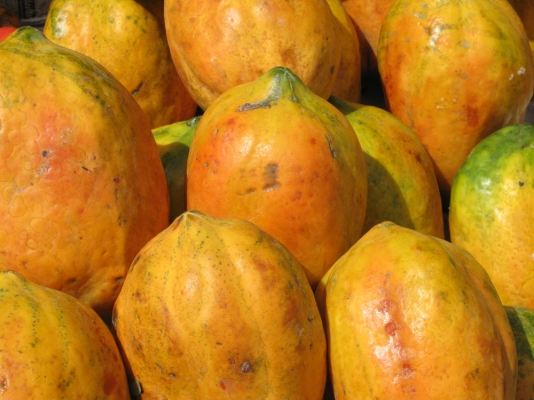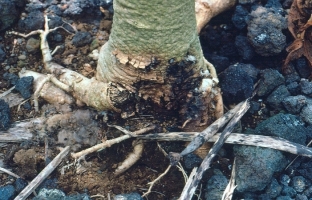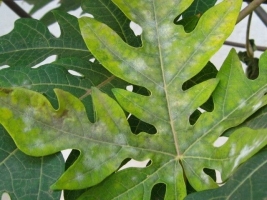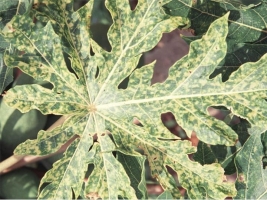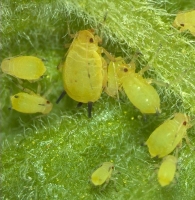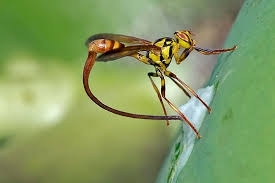Red Lady: Released in 2013. Plants show vigorous growth and are self-fruitful. It attains the height of 238cm and the plants start bearing fruit when it attains the height of 86cm. Fruits are medium in size, oblong to oval in shape and has reddish orange color flesh having excellent flavor and taste. The plant matures after 10 months and gives an average yield of 50kg. The variety is resistant to pests and diseases.
Punjab Sweet: Released in 1993. Dioecious variety which attains the height of 190cm and the plants start bearing fruit when it attains the height of 100cm. Fruits are large in size, oblong in shape and has deep yellowish color flesh. It contains 9.0-10.5% T.S.S. content and gives an average yield of 50kg/plant. The plant is less susceptible to citrus mites.
Pusa Delicious: Released in 1992. Hermaphrodite variety which attains the height of 210cm and the plants start bearing fruit when it attains the height of 110cm. Fruits are medium to large in size, oblong to oval in shape and has deep orange color flesh having excellent flavor and taste. It contains 8-10% T.S.S. content and gives an average yield of 46kg/plant.
Pusa Dwarf: Released in 1992. Dioecious and dwarf variety which attains the height of 165cm and the plants start bearing fruit when it attains the height of 100cm. Fruits are medium in size, oval in shape and has orange color flesh. It contains 8-10% T.S.S. content and gives an average yield of 35kg/plant.
Honey Dew: Released in 1975. It is also known as Madhu Bindu. The plant is of medium height. Fruits are large in size, elongated in shape and contain few seeds. Fruits have extra fine flesh which is sweet and contains pleasant flavor.
Other state varieties:
Washington: less seeds, big size fruits, yellow color flesh, sweet in taste, male plants are smaller than female plants, plant is comparatively smaller in size.
Coorg Honey: Very less seeds, big size fruit, less sweet than honey dew variety and plants are having high height, male and female flowers bear on same tree.
CO.2: Large size fruits and plant has medium height.
CO.1, CO.3, Solo, Pusa Nanha, Ranchi Selection, Coorg Green Sunrise Solo, Taiwan and Coorg Green are suitable varieties grown in different states.

